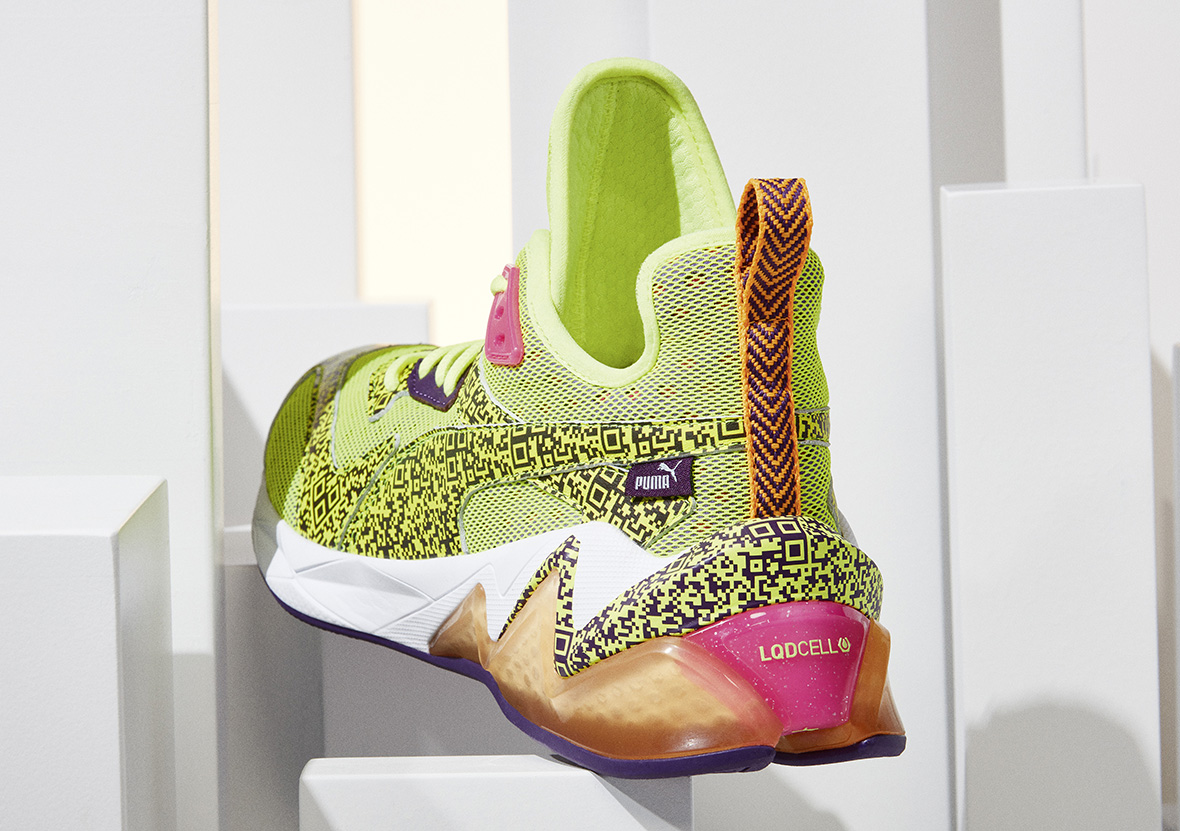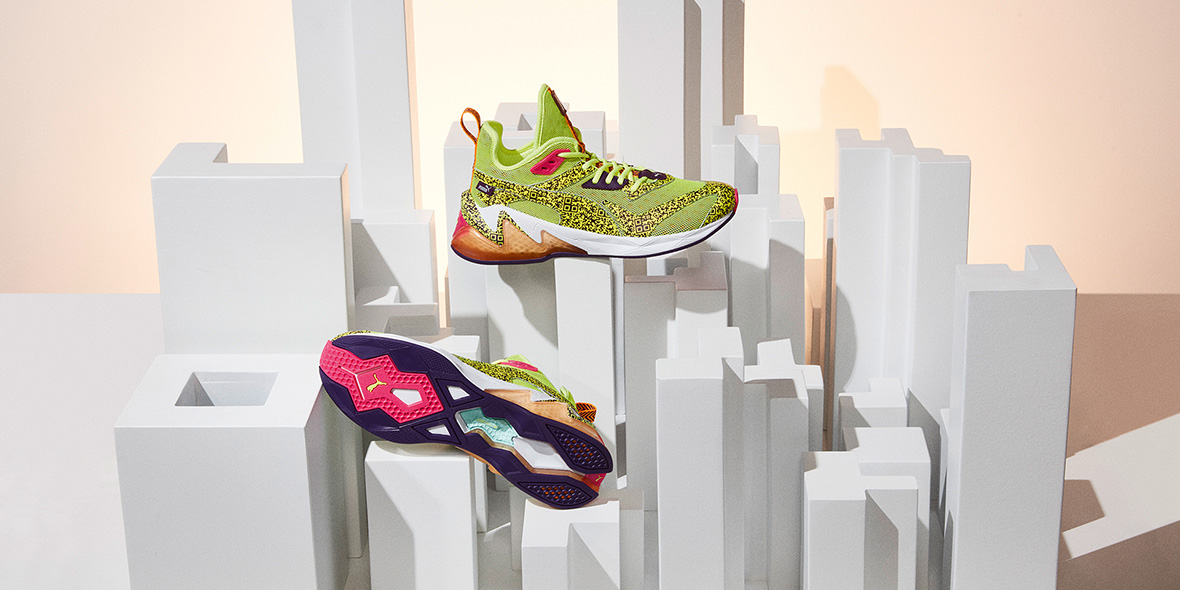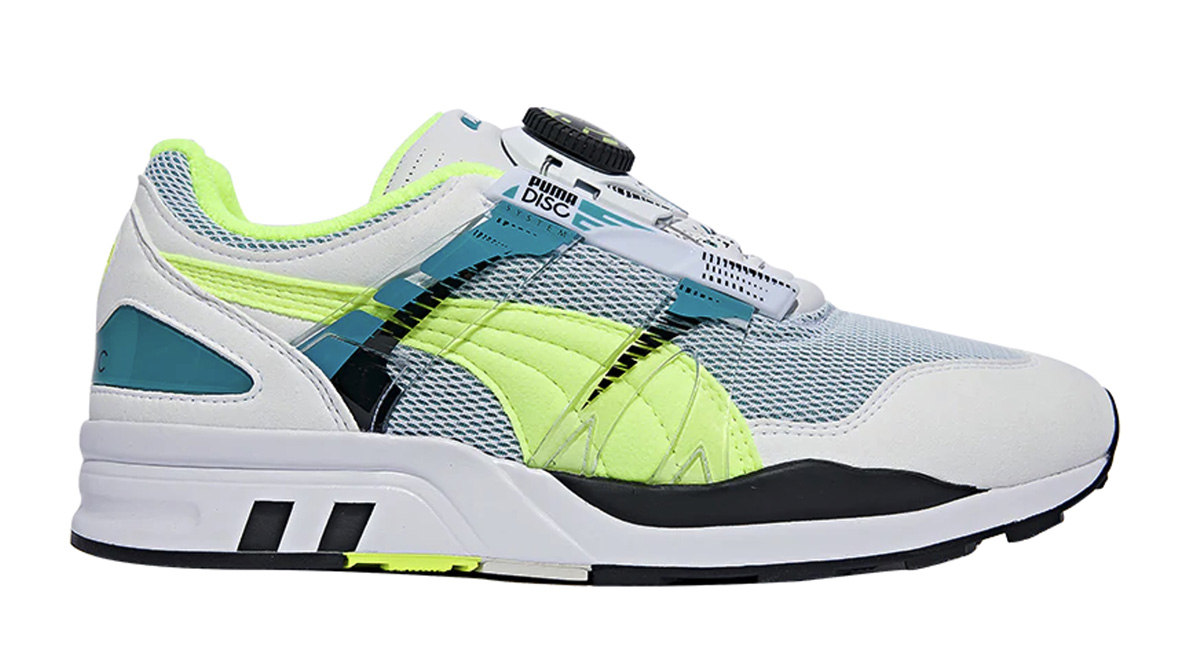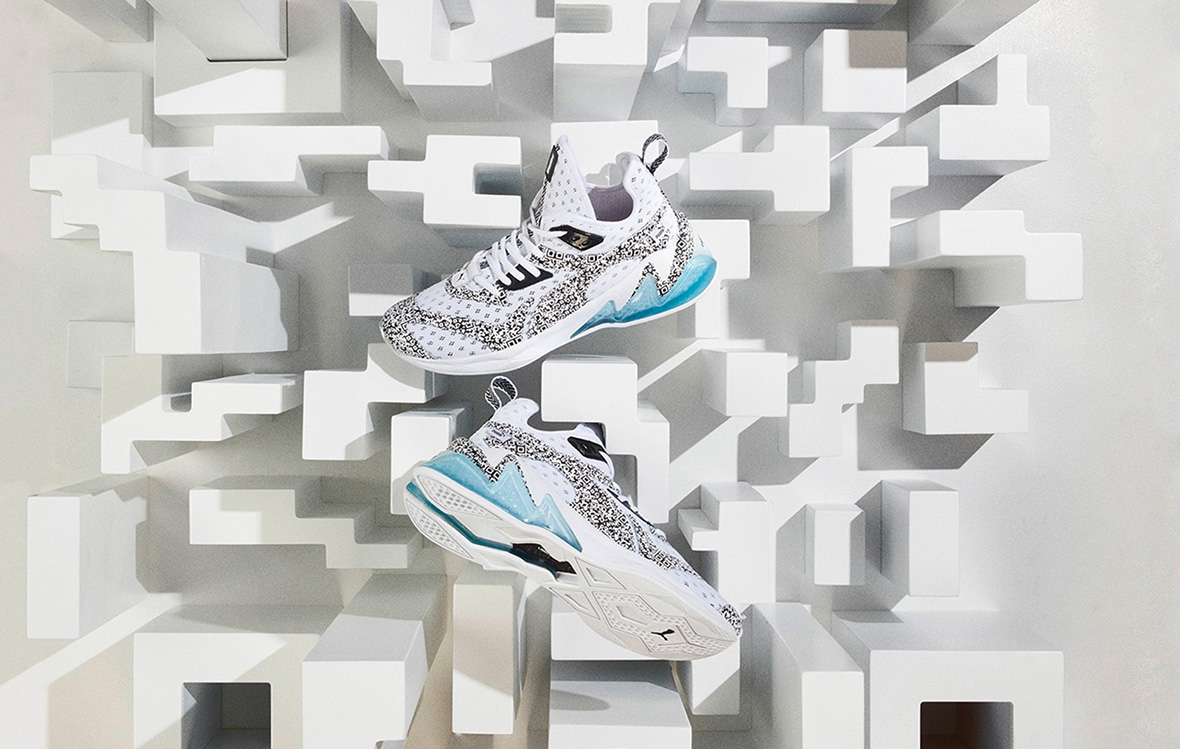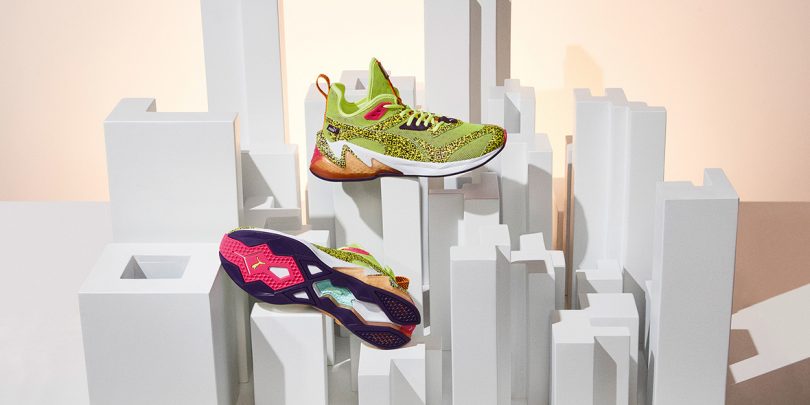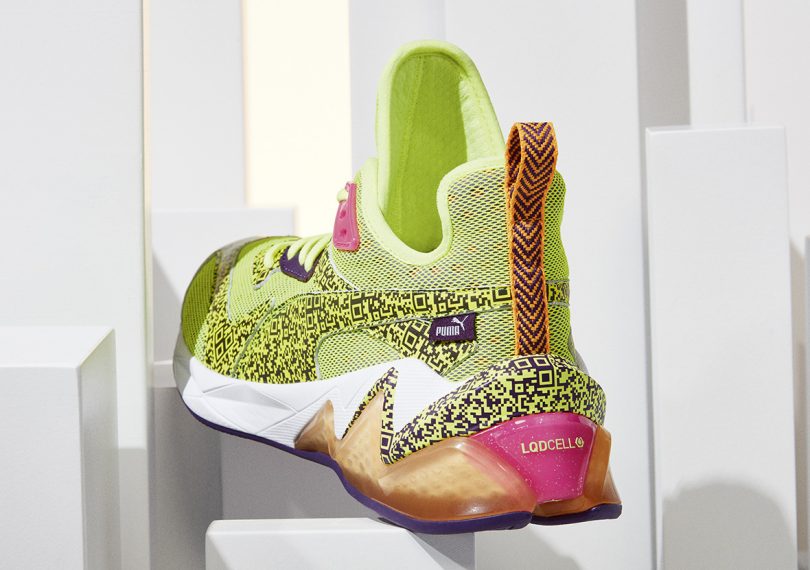
When you slide into a pair of new sneakers, you probably don’t stop to consider you’re donning the efforts of countless hours of collaboration tying together work of numerous designers, material engineers, and increasingly, 3D modeling specialists spanning cities or even countries. German sporting gear and fashion brand Puma is utilizing photorealistic 3D product rendering and augmented reality tools to tie together the distances between their design and product development teams with increasing efficiency and flexibility.
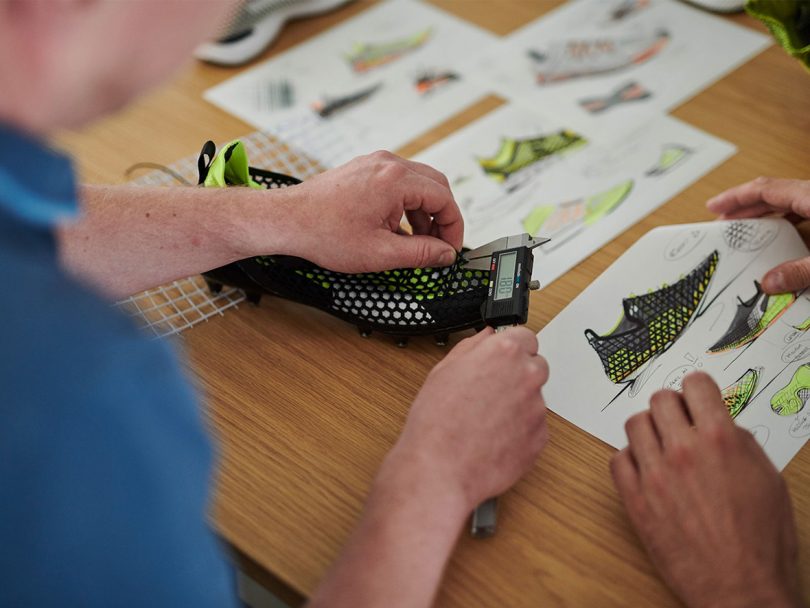
Designers always begin with a sketch. Today those sketches are used to model dynamic 3D representations as the efficient intermediary tool for turning concept into an eventual physical product.
Partnering with augmented reality 3D solutions developer, ARsenal by CGTrader, today Puma’s Sportstyle Footwear department is now able to share, review, and collaborate between contributing team members using accurate and 3D models of shoe concepts which can be viewed from nearly every angle in realtime.
You’ve probably already used this technology yourself while perusing wares online inspected clothing, furniture, or footwear from a variety of angles or to “see this in your space” before pressing that “BUY” button. The same technology used by designers to realize their 2D sketches into 3D models for eventual mass manufacturing allows you to spin around a view from every perspective in realtime. Retailers are also utilizing these sort of 3D model libraries in their advertising efforts because of the flexibility of a virtual dimensional object that can be staged and re-staged with ease.
In Puma’s case they’d use ARsenal by CGTrader to develop and launch the Puma LQD CELL Origin AR, the brand’s first augmented reality shoe tied to accompanying interactive games and an app.
The typical product lifecycle of a sneaker averages somewhere around 18 months from concept to hitting the store shelves. While 3D modeling can help shorten that amount of time, more importantly designers are able to use the tools to maximize the design cycle.
Eventually, the idea is to have one model that follows the shoe from the very beginning to the very end. A digital twin that exists even before there is a physical shoe. That then coexists alongside the physical shoe and is used across sales and marketing.
-Josef Trojan, 3D Designer Sportstyle Footwear, PUMA
In the past a product designer would have to wait anywhere between 4-6 weeks to see their design in its final physical form. 3D modeling now delivers an accurate and reviewable sample much quicker, while also saving a considerable amount of money previously required for multi-angle product photography. So the next time you’re shopping online for a pair of new kicks, take a closer look to appreciate that the 3D model you’re inspecting from every angle as it might have begun as a designer’s tool.


